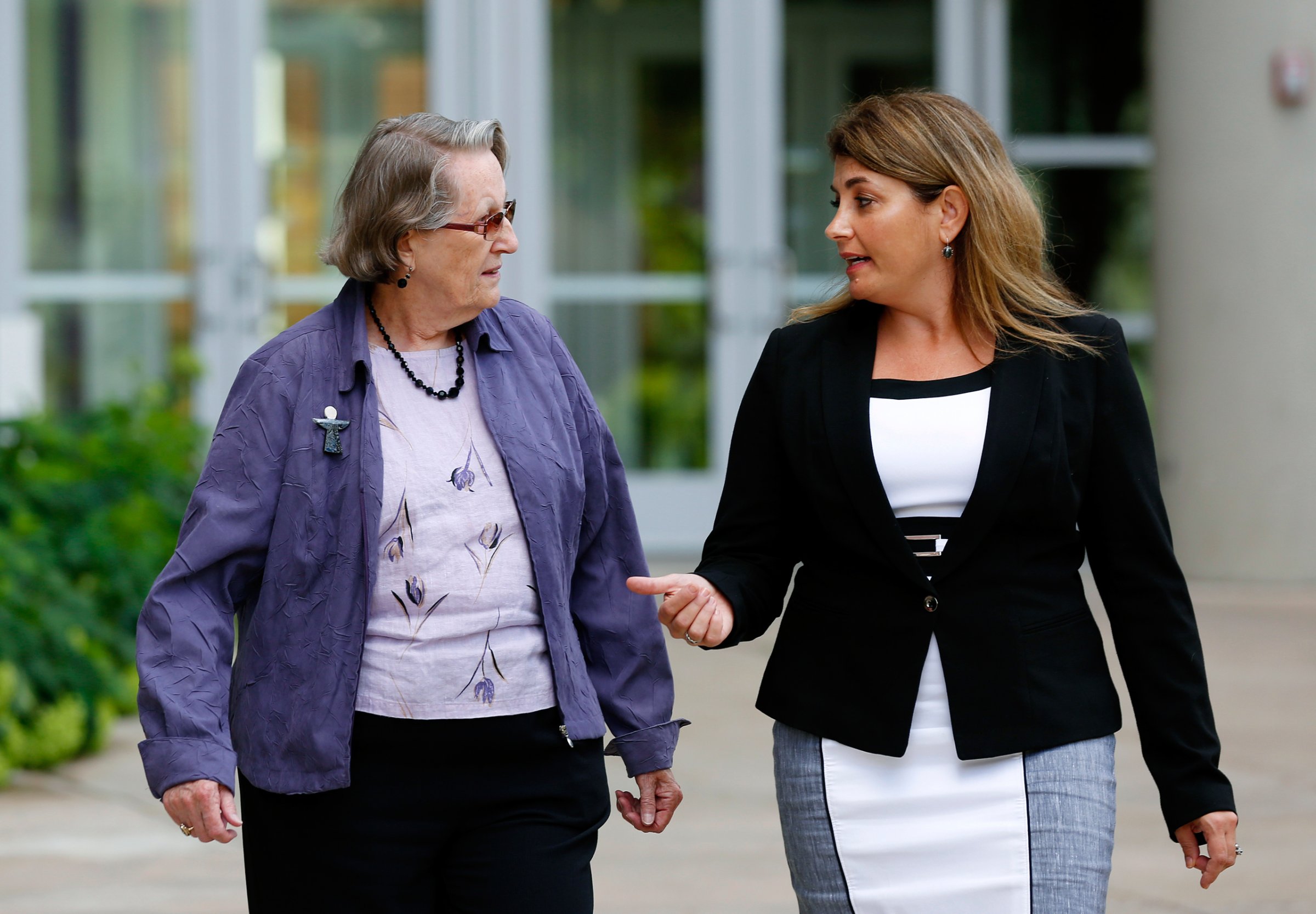
A number of medical schools around the country have seen an increase in people donating their bodies to science after death.
Some institutions, including the University of Minnesota and the University at Buffalo, have seen the number of donated cadavers double in the last decade, the Associated Press reports. The reason for the spike seems to be twofold: The idea of allowing a loved one’s corpse to be carved up is no longer as much of a taboo, and the cost of a traditional burial has increased. Many schools that use cadavers for medical research cremate the body when they are done and often return the cremains to the family at no cost.
When it comes to understanding the human anatomy and practicing surgical techniques, using a real human cadaver is infinitely more useful to medical students than plastic, rubber or virtual alternatives, experts say. “There’s no substitute for the real thing, because ultimately these people are going to be taking care of patients,” Dr. Michael Zenn, a surgery professor at Duke, told the AP. “It’s just a priceless donation.”
[AP]
More Must-Reads From TIME
- The 100 Most Influential People of 2024
- The Revolution of Yulia Navalnaya
- 6 Compliments That Land Every Time
- What's the Deal With the Bitcoin Halving?
- If You're Dating Right Now , You're Brave: Column
- The AI That Could Heal a Divided Internet
- Fallout Is a Brilliant Model for the Future of Video Game Adaptations
- Want Weekly Recs on What to Watch, Read, and More? Sign Up for Worth Your Time
Contact us at letters@time.com